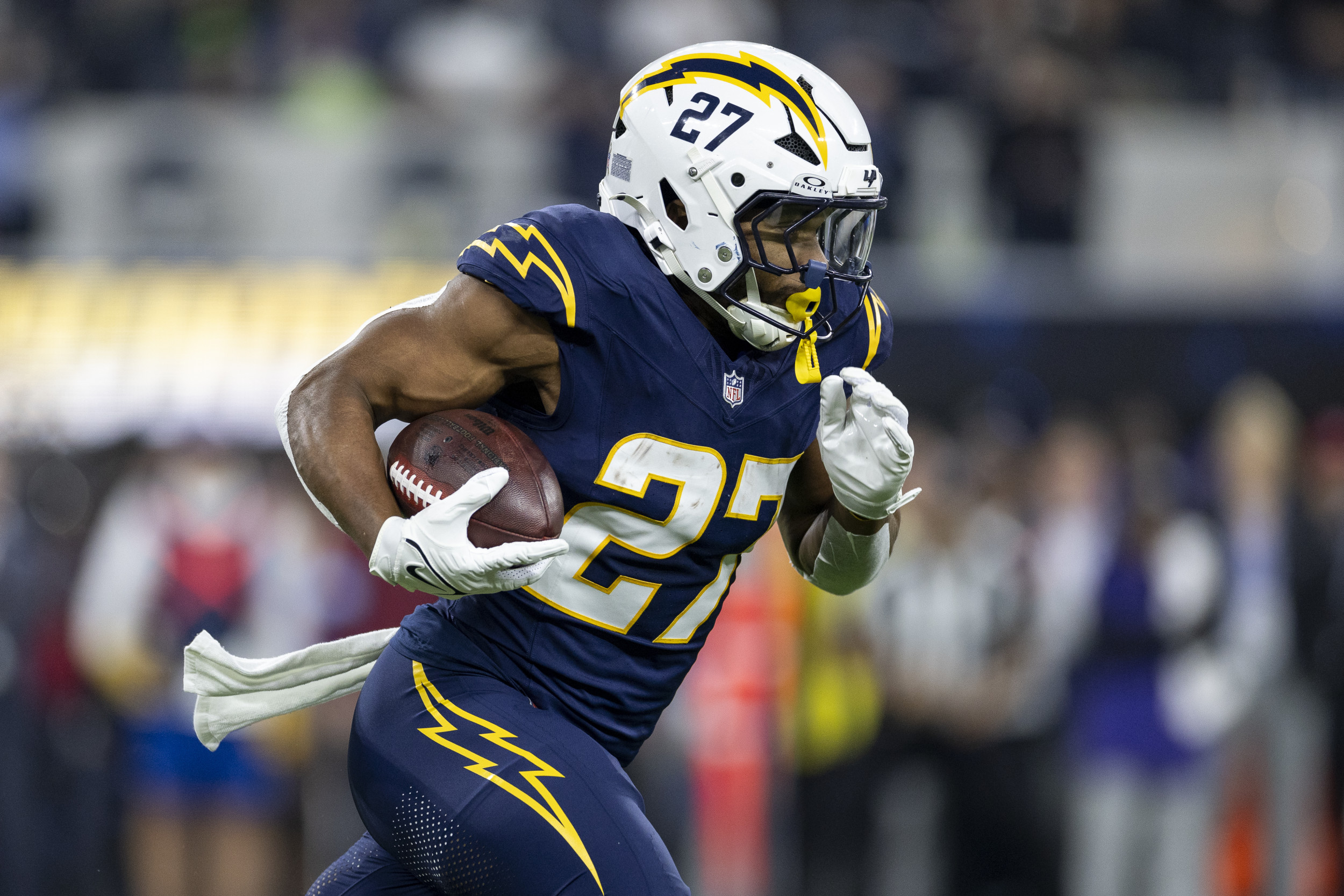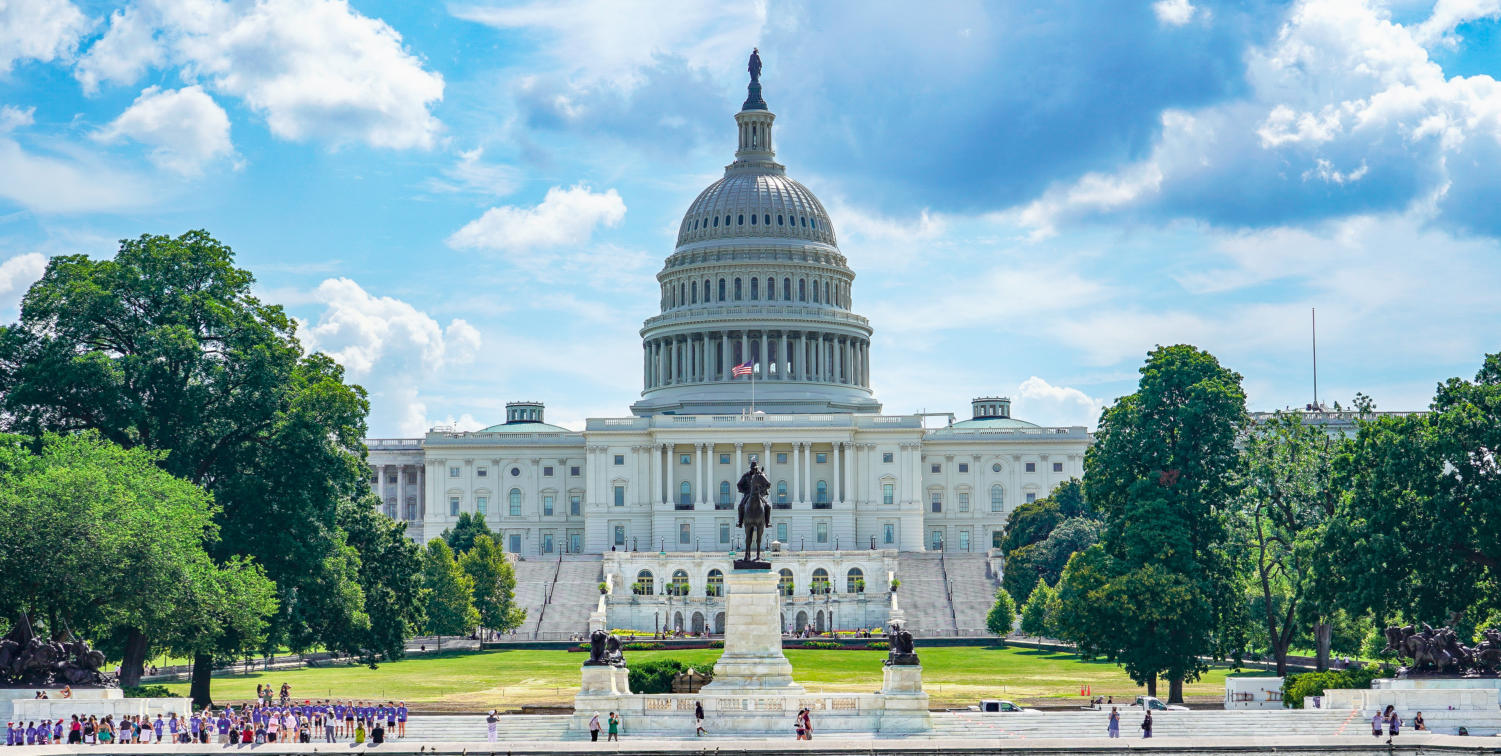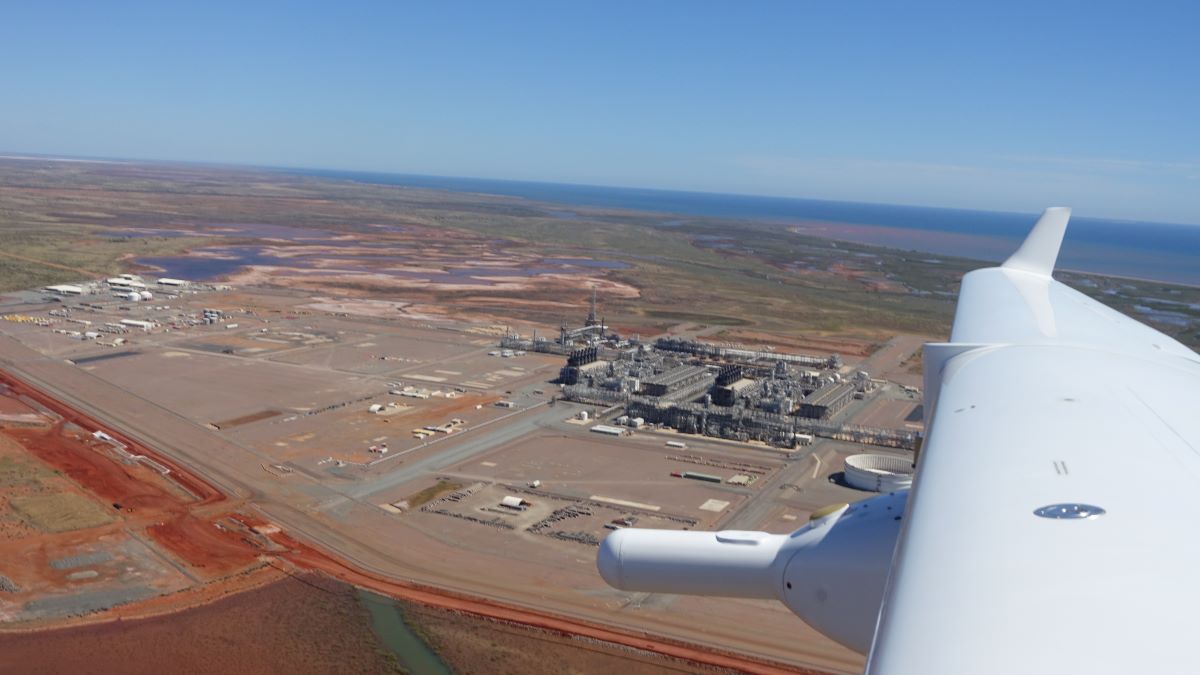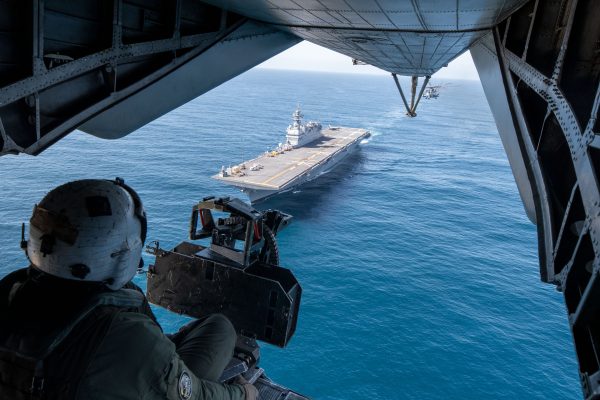A week ago, NASA officials said they would most likely need to decide by mid-August on how to safely bring home two astronauts who had traveled to the International Space Station on Boeing’s troubled Starliner spacecraft. But on Wednesday, NASA said a decision remained at least a week away.
“We’ve got time available before we bring Starliner home, and we want to use that time wisely,” said Ken Bowersox, the associate administrator for NASA’s space operations mission directorate.
But he acknowledged that NASA could not push back a decision indefinitely. “We’re reaching a point where that last week in August, we really should be making a call, if not sooner,” he said.
The mission, which launched in June with the NASA astronauts Suni Williams and Butch Wilmore, was a test flight that carried people to orbit in the Boeing spacecraft for the first time. It was designed to shake out problems before Starliner was to begin regular missions next year to ferry NASA crews to and from the space station.
The trip was scheduled to last at least eight days, and a longer stay was always considered likely. But the astronauts have now been aboard the space station for more than two months, and uncertainty persists over when they will come home.
The cause of the delay involved problems with Starliner’s propulsion system, which have proved difficult to resolve. Last week, NASA officials said they were considering a backup plan in which Starliner would return to Earth autonomously without anyone aboard.
In that scenario, Ms. Williams and Mr. Wilmore would stay aboard the space station as part of the crew for an additional six months. They would return around February on Crew Dragon, a spacecraft built by a Boeing rival, SpaceX.
Mr. Bowersox said engineers were continuing to review data about thrusters that malfunctioned during Starliner’s approach to the space station. He said that the analysis would be ready by the middle of next week for managers overseeing the Starliner mission. That will be followed late next week, or possibly the week after, by an agencywide review, which will include senior officials.
Engineers do not fully understand what happened with a few of Starliner’s thrusters, which temporarily put out diminished thrust. Thus, there is uncertainty and risk about how the spacecraft will perform during the return trip.
At a meeting last week, people working on the Starliner mission did not reach a consensus about whether the astronauts should return on Starliner. Russ DeLoach, the chief of safety and mission assurance at NASA, said the conflicting opinions did not necessarily reflect strong dissent.
“I felt like most of the people were, ‘No, I think we need to do a little more work to get us to a place where we can make a good decision,’” he said.
Mr. DeLoach said that NASA was better set up now to consider conflicting opinions than it was two decades ago when seven astronauts died as the space shuttle Columbia disintegrated during re-entry. At the time, the space shuttle’s program managers had “near unilateral decision-making,” he said.
With the more inclusive process, “I recognize that that may mean, at times, we don’t move very fast,” he said. “We need to be very careful to make sure that everybody’s perspective is shared.”
In a statement, Boeing said that it was ready to support NASA for the return of Starliner, with or without the astronauts. The company was “focused first and foremost on ensuring the safety of the astronauts,” it said.
Mr. Bowersox said that he would make a decision on how to bring the astronauts home after the agencywide review, although Bill Nelson, the NASA administrator, would have the final call.





















Discussion about this post